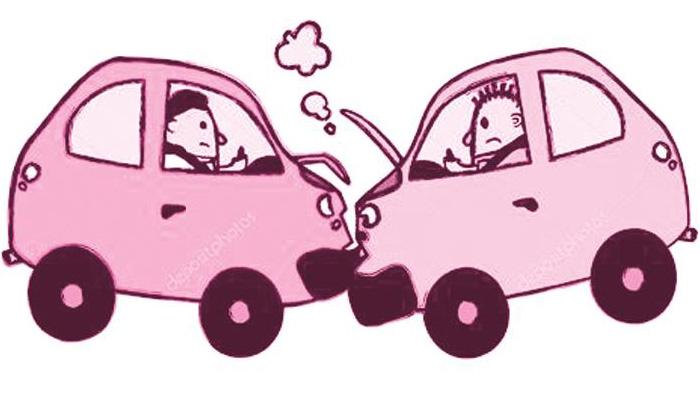为什么有些青少年不能成为安全的司机
李俊


有了驾驶证,青少年便认为他们能安全驾驶。然而,事情不是像他们想象中那样简单。
With drivers licenses in hand, teens may think theyre safe drivers. But considering how the adolescent brain develops might be a good idea. Young drivers whose brain function falls behind that of their peers are more likely to report having a car crash, according to a new study.
Globally, traffic accidents account for a great proportion in the deaths of adolescents. In the US, for instance, the youngest drivers have the highest rate of crashes and driving?related injuries. “Its a big public health concern,” says Elizabeth Walshe, the research leader from the University of Pennsylvania.
Walshes team followed a group of kids for seven years, starting when they were between the ages of 11 and 13. Every few years, the researchers measured traits linked to having a car crash. At the end, they asked 84 of the participants about their driving experiences, including crashes. Roughly three in ten reported at least one accident.
The researchers focused on the participants working memory. Think of it like a computers random access memory, or RAM. To size up their working memory, the participants took a computer test that measured their reaction time. The scientists found that accident risk wasnt linked to the working memory a participant had at the start of the study. Instead, it was tied to the pace at which a teens working memory developed.
Knowing the relationship between the brains RAM and crash risk is helpful. Walshe imagines teens taking a test in a doctors office. Comparing kids working?memory development to their peers might identify teens at higher risk for an accident. It might point out who could use more assistance during driver training.
Driving is complex. Throughout, the brain is constantly updating information to help a driver plan the next move. “Therere many things that have to be tracked and responded to meanwhile,” notes Monica Luciana, a scientist from the University of Minnesota. With experience, these tasks become more automatic. “Cutting down on distractions(分心) is smart, as this takes some burden off a new drivers working memory,” Luciana says. “Whats more, working memory is a system that can change. And we can influence somebodys ability through training.”
阅读检测
1. Why is analyzing the way the adolescent brain develops considered to be a good idea?
A. It may be the key to reducing car crashes.
B. It could result in lack of driving experience.
C. Its likely linked to the risk of car accidents.
D. It helps contribute to safe and stable driving.
2. What made Elizabeth Walshe decide to conduct the research?
A. Her desire to find solutions to traffic problems.
B. The effects of driving experiences on teenagers.
C. The worsening situation of public health issues.
D. The popularity of teens?related crash accidents.
3. What is the right finding of the research by Walshes team?
A. The teens driving experience is related to their ages.
B. About half of the teens experienced traffic accidents.
C. Slower brain development could increase accident risk.
D. The accident risk depends on the teens working memory.
4. What is the significance of the study?
A. It successfully confirms the main cause of car accidents.
B. It helps identify who needs extra help during driver training.
C. It helps identify who should be forbidden from driving.
D. It reveals the difficulty teenagers have in driving safely.
语言学习
写作推荐
Knowing the relationship between the brains RAM and crash risk is helpful. 了解大脑内存和撞车风险之间的关系是有帮助的。
【信息提取】V?ing形式作主语,谓语动词用单数。
【句式仿写】阅读是一门艺术。

